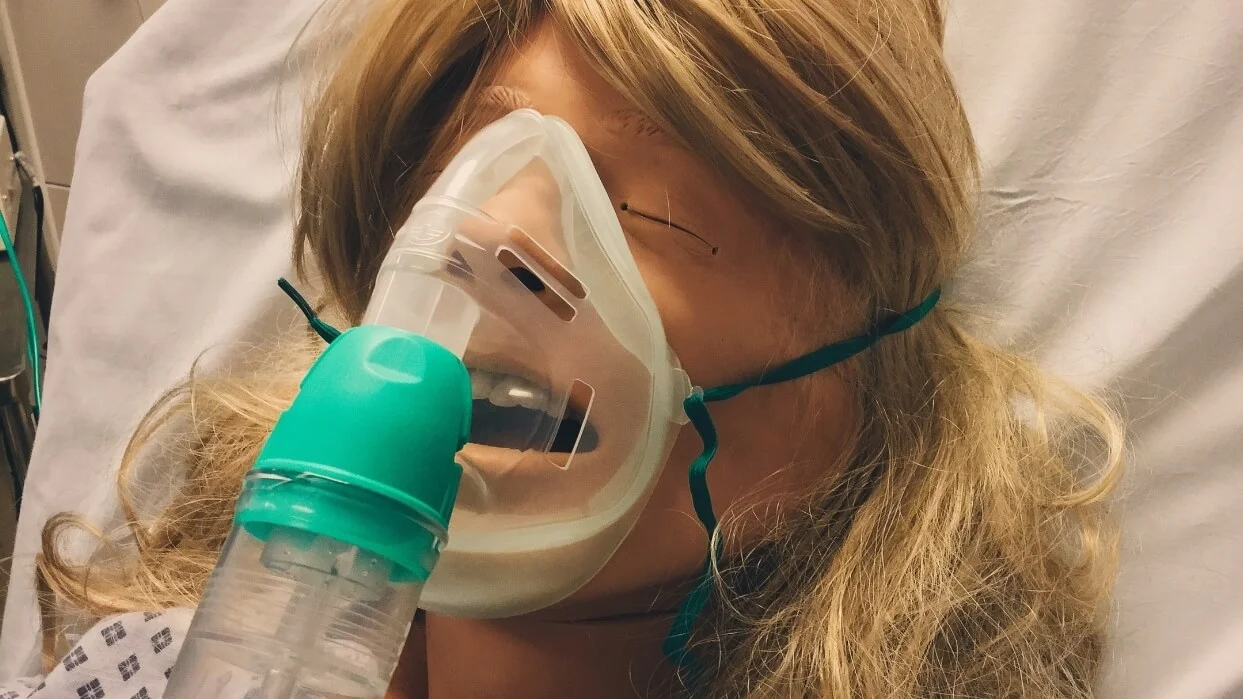#SimBlog: Anaphylaxis
““25-year-old female is red-called to Resus after developing difficulty in breathing. Her symptoms started soon after a meal at a local restaurant.””
Initial examination
Observations
A – Able to talk with hoarse voice, mild drooling
B – Rate 25, SpO2 91%.
C – Pulse 120, BP 90/65.
D – E4 V5 M6 pupils equal
E – Temp 35.9°C
Clinical Findings
Hoarse voice, mild drooling
B/l chest wheezes
Why We Simulated?
“Available UK estimates suggest that approximately 1 in 1333 of the population of England has experienced anaphylaxis at some point in their lives. There are approximately 20 deaths from anaphylaxis reported each year in the UK, with around half the deaths being iatrogenic.
Anaphylaxis may not be recorded, or may be misdiagnosed as something else, for example, asthma."
Learning Points
Use of adrenaline should be two IM doses – unless by a clinician experienced in using IV doses.
Remember to clarify the strength/dose of adrenaline required
Emergency Drugs are kept in the top draw of all trollies in Resus and are there to be used!
Team members to verbalise clearly if they are unable to complete an assigned task.
The difficult airway trolley is separate to the standard airway trolley and contains different equipment
Positive Feedback
Pre-alert time used to assign roles.
Early diagnosis of anaphylaxis made and administration of two doses of adrenaline.
Additional therapies such as steroids were considered
Clear verbalisation of a plan in the event of further deterioration
Difficult Airway trolley
Standard Airway trolley








